Understanding How Laminated Glass Keeps Classic Car Owners Safer on Today’s Roads
Highlights:
- Vintage auto glass was made from tempered or plate glass, which is more fragile than today’s laminated designs.
- Modern laminated glass uses advanced interlayers that prevent shattering and increase safety.
- Classic car restorers often balance authenticity with modern safety upgrades.
- Environmental stress, UV exposure, and installation techniques all affect long-term durability.
- 877 Glas Guy provides professional vintage and modern glass services in Castle Rock, WA.
Understanding the Composition of Vintage Auto Glass
Classic cars, especially those built before the mid-20th century, often used single-pane or tempered glass. These materials lacked the advanced lamination and chemical treatments common today. When damaged, they shattered into large, sharp fragments that posed serious safety risks to occupants. The focus during early manufacturing was primarily on clarity and aesthetics rather than crash safety. As vehicle speeds and accident rates increased over time, the auto industry began investing in glass technologies designed to minimize injury from impact or breakage.
Evolution Toward Laminated Safety Glass
The development of laminated glass revolutionized automotive safety. Introduced widely in the 1930s and 1940s, laminated glass consists of two glass layers bonded with a polyvinyl butyral (PVB) interlayer. According to the National Highway Traffic Safety Administration (NHTSA), laminated windshields are engineered to remain intact during collisions, dramatically reducing the risk of ejection and severe lacerations compared to early single-pane glass designs. Modern laminated windshields are now built to endure both blunt and thermal stresses, offering durability that far surpasses vintage glass formulations. These advancements have made laminated glass the standard in virtually all modern vehicles.
Impact Resistance and Durability Differences
Vintage auto glass, being thinner and more brittle, cannot handle the same level of impact or vibration as modern laminated designs. According to 49 CFR § 571.205 (Standard No. 205, “Glazing Materials”), glazing materials must meet performance requirements that explicitly aim to “reduce injuries resulting from impacts to glazing surfaces … and minimize the possibility of occupants being thrown through the vehicle windows in collisions.” Such requirements reflect rigorous modern safety testing regimes for laminated glass. By comparison, older glass would typically shatter on impact or spider-crack from minor pressure points. For restorers and collectors, this fragility presents both a preservation challenge and a safety concern when driving classic vehicles on modern roads.
FAQ
Why did early automakers prefer tempered or plate glass?
It was cheaper and easier to produce, and aesthetic clarity was prioritized over crash safety.
Can laminated glass be made to look like vintage plate glass?
Yes, manufacturers can replicate period-correct tint and curvature while using laminated materials for improved protection.
Does laminated glass weigh more than older types?
Slightly, due to its multiple layers and interlayer material, but the difference is minimal in performance vehicles.
Thermal Expansion and Weather Resistance
Older glass types lacked the chemical tempering that improves tolerance to rapid temperature shifts. A quick defrost or exposure to sunlight after cold storage could stress the surface, causing cracks. Modern laminated glass resists this problem due to its elastic interlayer and stronger bonding. According to PubMed, laminated glass in vehicles blocks virtually all UV-B and nearly 100% of UV-A transmission, whereas non-laminated or older glass allows a much higher percentage of UV penetration. For classic car owners, installing laminated glass with invisible UV protection offers both preservation and safety benefits.
Flexibility and Structural Support
Flexibility plays a critical role in how a windshield interacts with a car’s frame. Vintage glass was rigid, so any body flex during driving or vibration from uneven roads could cause stress fractures. Modern laminated glass, by contrast, absorbs vibrations without cracking, maintaining clarity and integrity. This flexibility is particularly important in high-speed conditions or convertibles where frame movement is more pronounced. While some purists prefer original rigidity for authenticity, safety experts recommend laminated replacements for regularly driven vintage cars.
Installation Techniques and Sealant Advances
Installation methods have evolved alongside glass technology. Early auto glass relied on rubber gaskets or mechanical fittings, which offered poor water sealing and minimal structural reinforcement. Today’s laminated windshields are bonded with advanced urethane adhesives that strengthen the car’s chassis and provide weatherproof seals. This bonding method reduces vibration noise and prevents leaks. In Castle Rock, WA, where seasonal moisture and road debris are common, working with a qualified shop such as 877 Glas Guy ensures both safety and authenticity when restoring classic vehicles or upgrading glass installations.
FAQ
Is it possible to re-install old auto glass using modern adhesives?
It’s possible, but older glass may not bond as effectively due to surface differences and lack of lamination.
How do modern adhesives improve windshield strength?
Urethane sealants create a structural bond that integrates the glass into the vehicle frame, improving crash resistance.
Can installation errors cause vintage glass to break?
Yes, uneven pressure or improper alignment during installation can cause stress cracks in older, more brittle glass.
Preservation Versus Practicality in Restoration
Collectors often face the dilemma of preserving authenticity or upgrading for safety. For concours restorations, using period-correct glass with manufacturer logos and markings is essential. However, for daily-driven classics, laminated replacements are a wise choice. The aesthetic difference is nearly imperceptible, but the safety improvement is dramatic. Professionals specializing in classic auto glass restoration often help owners balance originality with modern standards. Laminated glass options can now be custom-cut to match rare vintage shapes, allowing vehicles to retain their historical appearance while benefiting from modern engineering.
Shatter Behavior and Safety Implications
When vintage tempered glass shatters, it breaks into many small but sharp pieces that scatter across the cabin. Laminated glass behaves differently—it cracks but stays intact, thanks to its inner plastic layer. This prevents occupant ejection and reduces the risk of lacerations. In rollover or frontal collisions, laminated glass also helps maintain the car’s structural rigidity. This containment effect is especially critical in preventing debris intrusion. While vintage cars were not designed around such safety concepts, adding laminated glass brings them closer to contemporary protection standards without compromising appearance.
Maintenance and Longevity
Caring for vintage glass requires gentle cleaning methods, as harsh chemicals or abrasive tools can scratch the surface. Modern laminated glass is far more forgiving, featuring coatings that resist scratches, fogging, and UV damage. In humid climates or rainy areas like Castle Rock, WA, laminated glass also prevents moisture from entering the layers, reducing the risk of delamination or haze. For collectors storing vehicles long-term, using protective covers and climate-controlled environments helps preserve both original and replacement glass condition.
FAQ
Can laminated glass delaminate over time?
Yes, if exposed to moisture or poor bonding during manufacture, but modern processes have minimized this risk.
Are scratch-resistant coatings available for vintage restorations?
Yes, restoration shops can apply modern anti-scratch coatings to vintage glass while maintaining optical clarity.
How often should classic car owners inspect their auto glass?
At least twice a year—look for chips, edge stress, or signs of fogging that may worsen with vibration.
Balancing Safety, Authenticity, and Aesthetics
Ultimately, comparing vintage and modern laminated auto glass reveals a clear evolution toward safety and resilience. While vintage glass offers nostalgic appeal and visual authenticity, it is undeniably more fragile and dangerous upon impact. Laminated glass, by contrast, provides superior strength, flexibility, and occupant protection. Classic car enthusiasts in Castle Rock, WA can trust professionals like 877 Glas Guy to restore or upgrade their vehicles with precision. Whether preserving originality or enhancing durability, choosing the right glass type determines not only how the vehicle looks but also how safe it performs on the road.
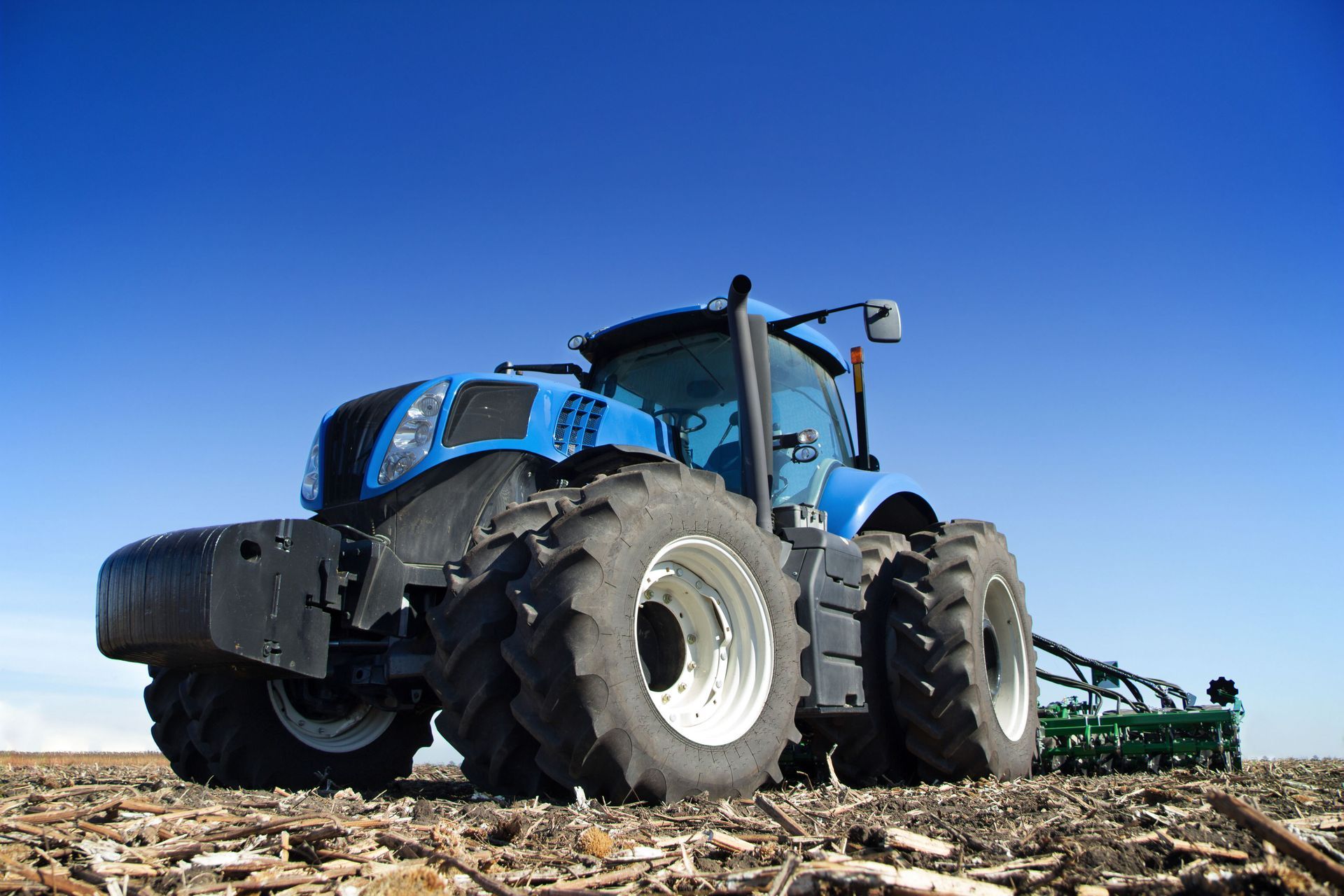
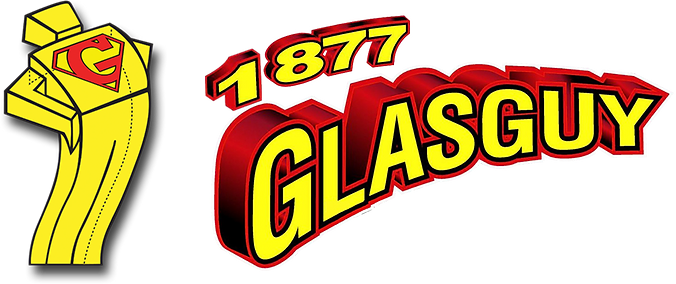
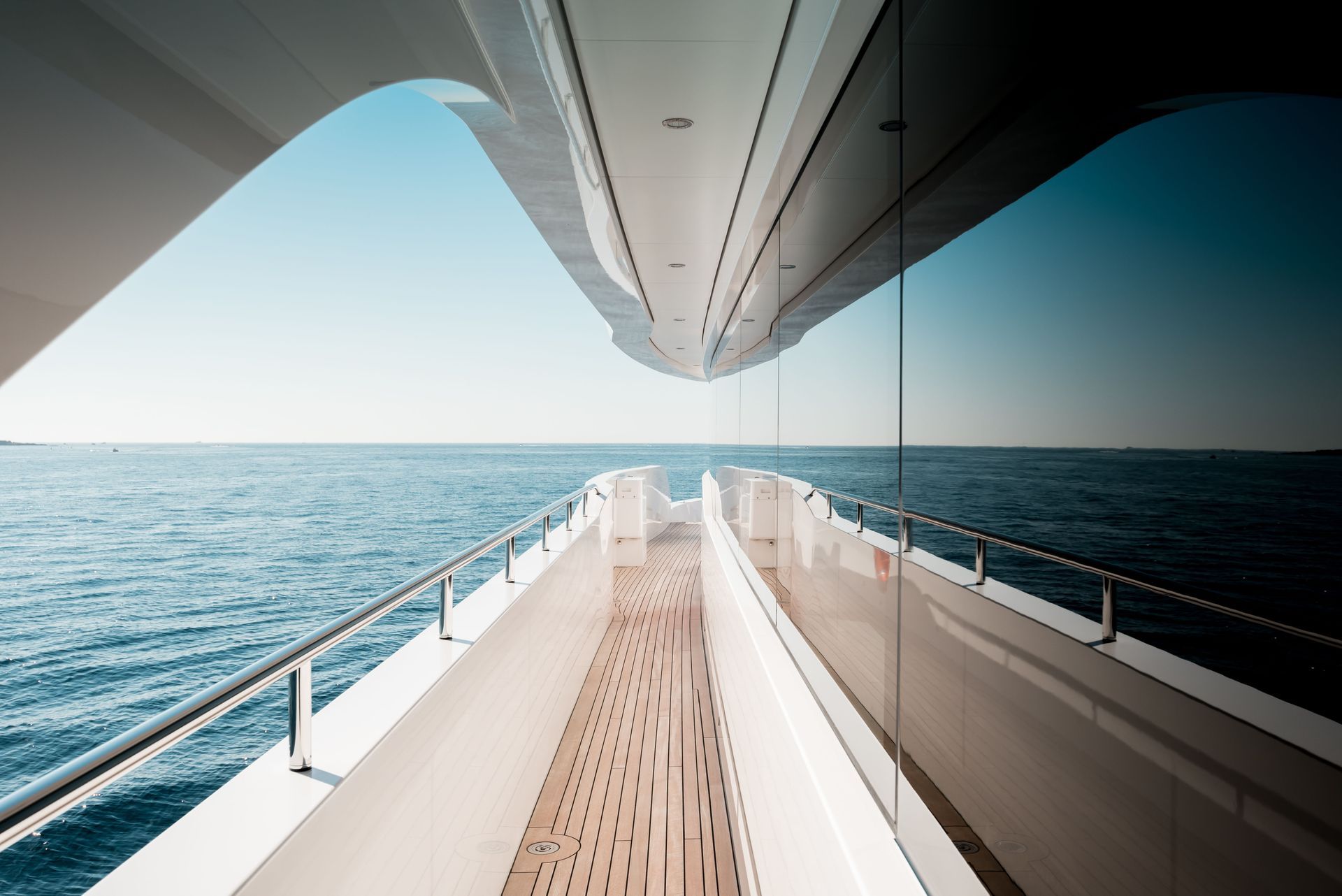
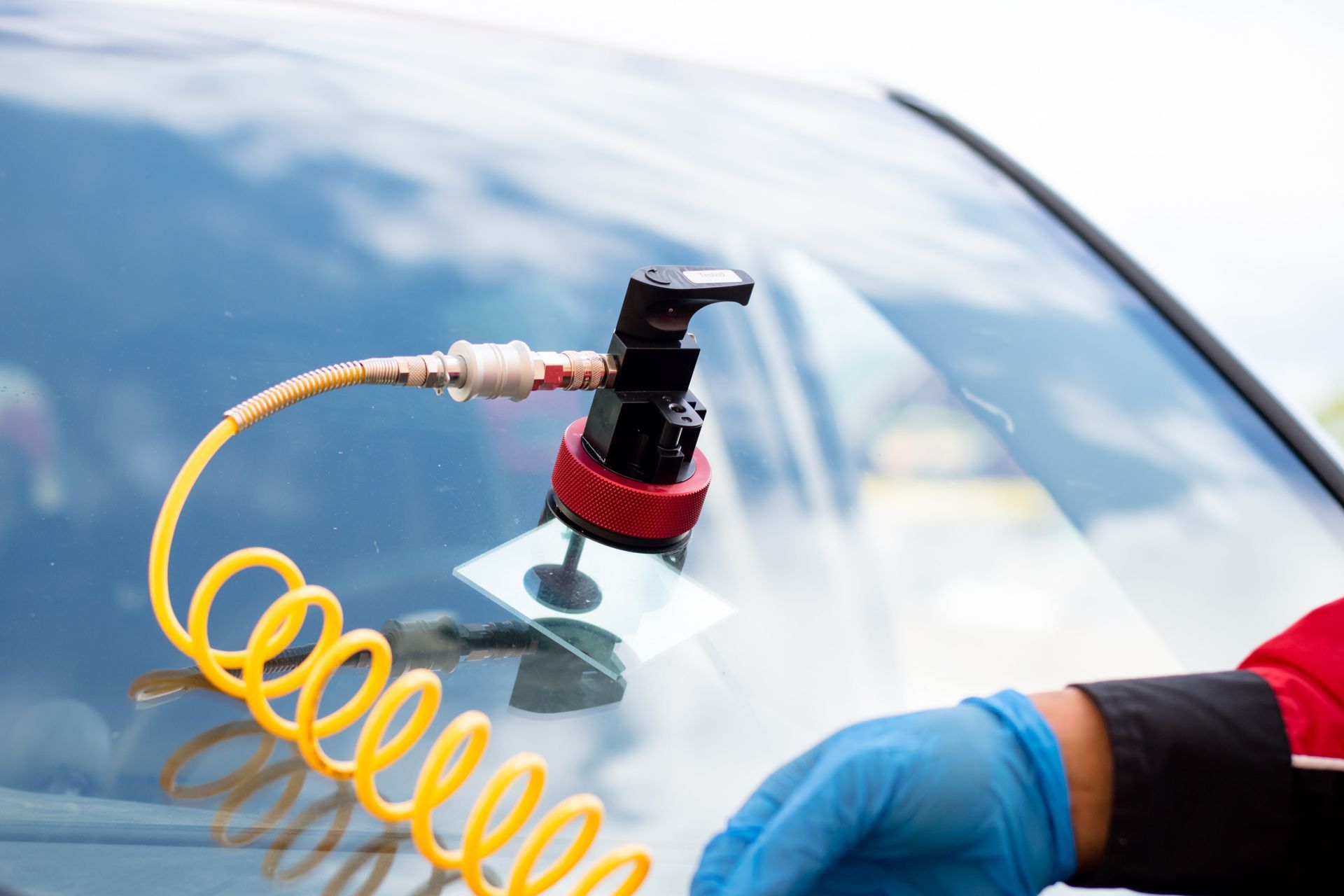
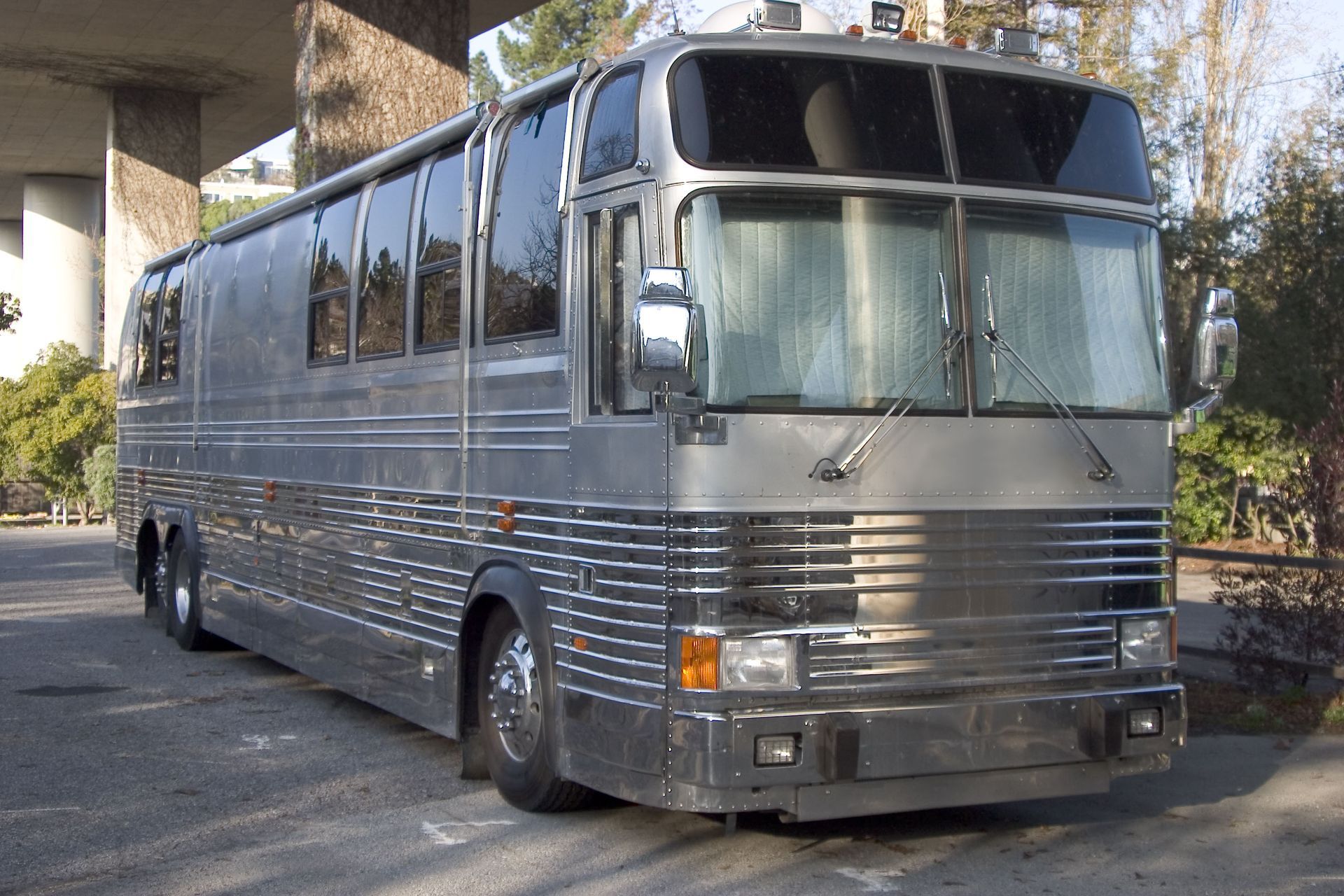
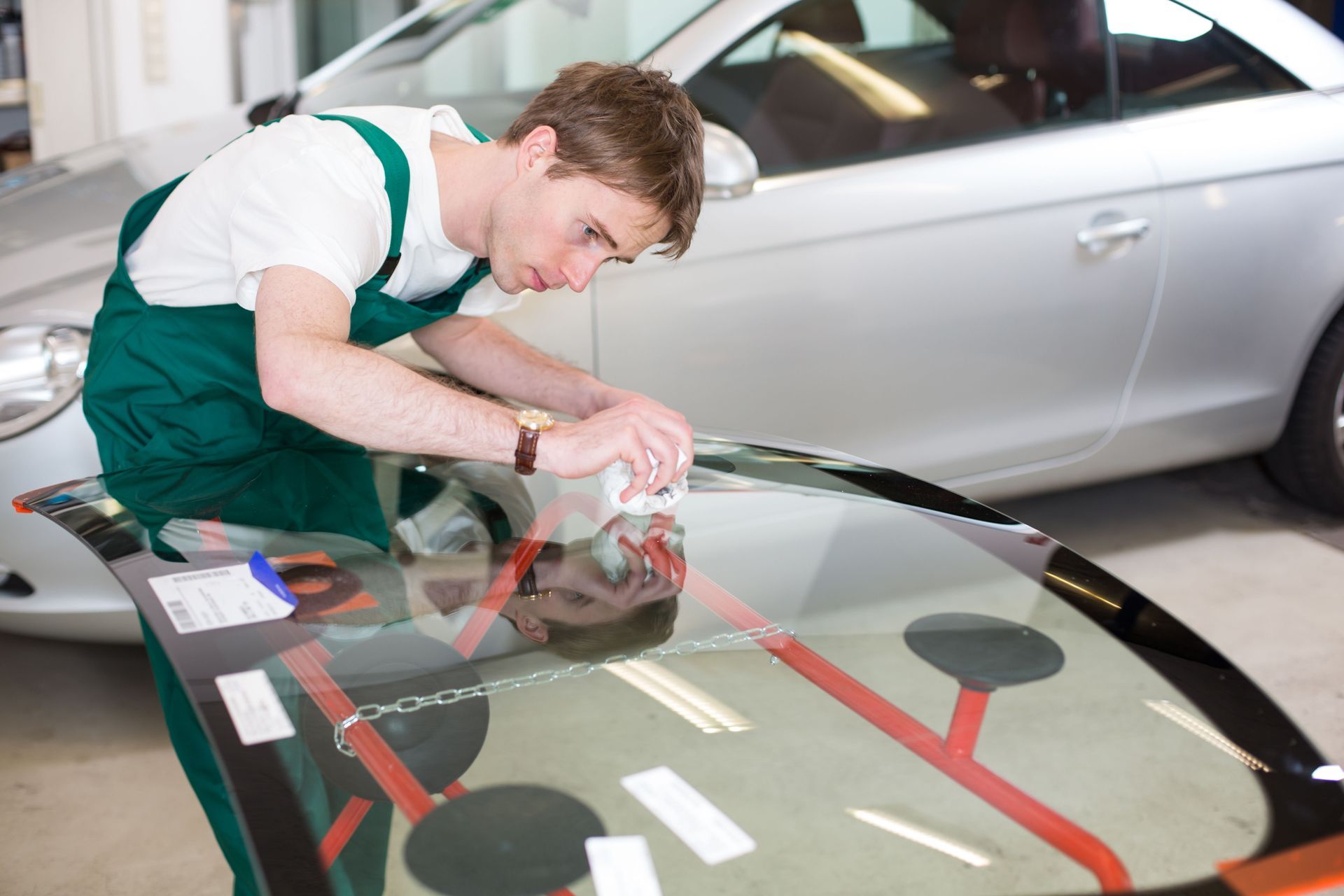
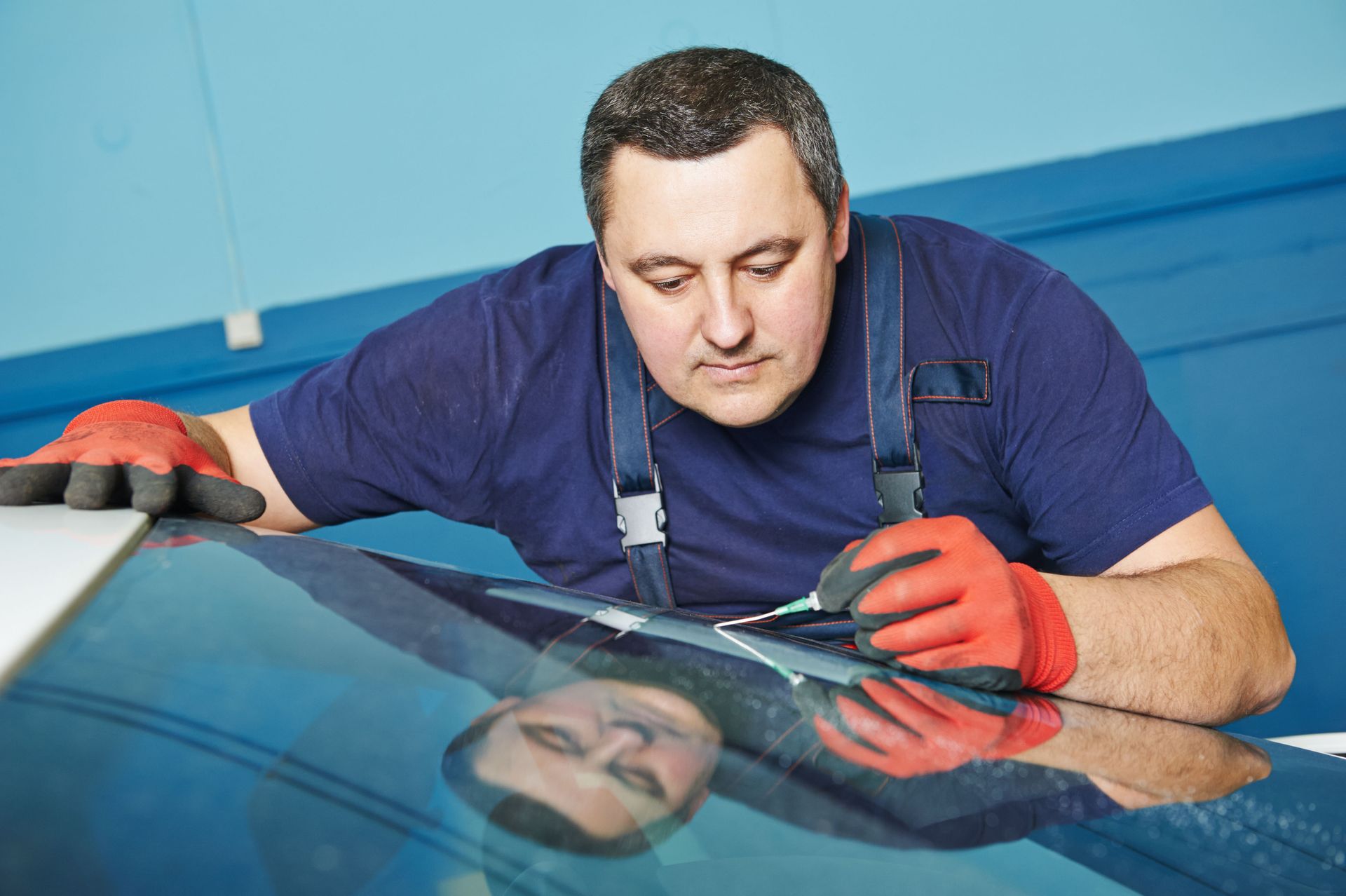
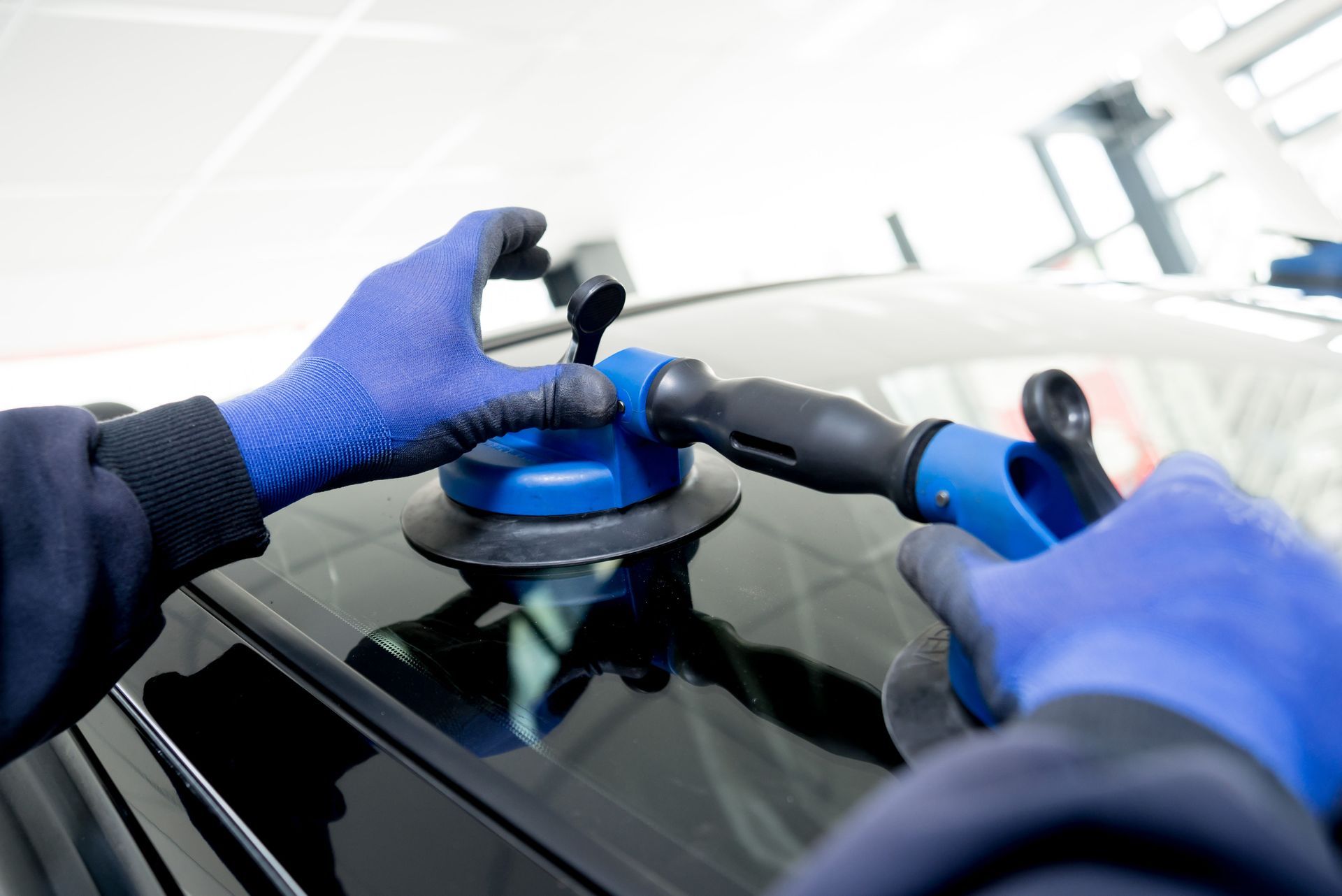
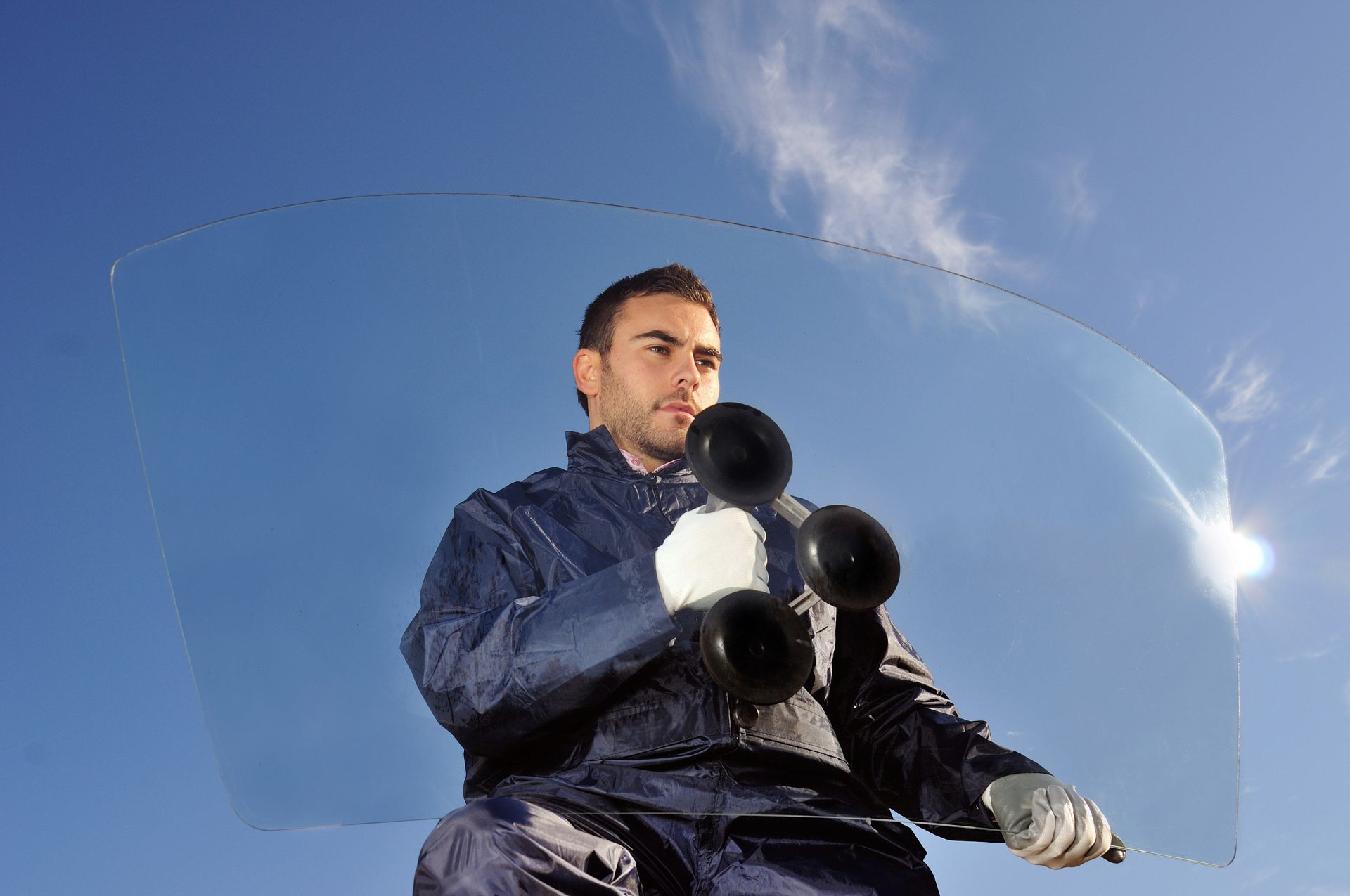


Share On: